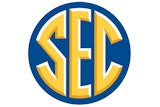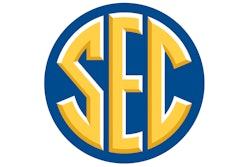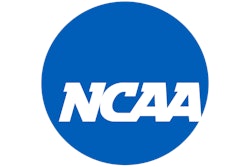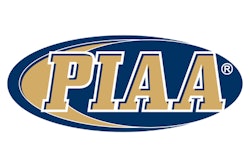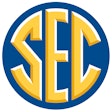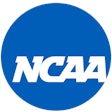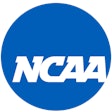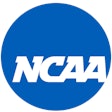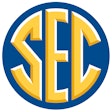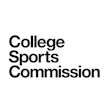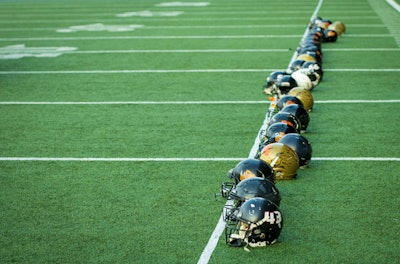
Three athletic directors from West Virginia high schools told state lawmakers that they continue to have strong concerns about loosened sports transfer rules.
During a Tuesday hearing before the Joint Standing Committee on Education at the state capitol in Charleston, the athletic directors expressed concern about juniors and seniors switching schools and leaving behind sophomores and freshmen to fill out team rosters, according to reporting by Brad McElhinny for MetroNews. They also questioned whether schools in rural communities or areas with economic struggles are bound to fall behind schools in areas with greater advantages.
“We’ve been in it for two years now, and we’ve seen some negatives, so we’d like to talk a little bit about that,” said Jamie Tallman from Union Educational Complex in Mount Storm.
The bill that passed in the 2023 regular legislative session allowed student-athletes to transfer schools at least one time and keep their athletic eligibility.
"Since then, the policy has been a consistent subject of consternation across West Virginia athletic programs — and a recurring topic of debate among lawmakers," McElhinny wrote. "Those debates have focused on the limited time young athletes can maximize their own opportunities versus the desire for teams to have continuity."
“When the transfer rule changed, it allowed greater flexibility for student-athletes to transfer schools,” said David Viands, athletic director at Jefferson County High School and president of the West Virginia Athletic Directors Association.
Viands said there was nearly the same number of fall transfers statewide in each of the rule's first two years — 432 in 2023 and 433 in 2024.
Around 6,000 students participate in football in West Virginia, according to the most recent data from the National Federation of State High School Associations.
“We went from a one-time transfer before the ninth grade year with a possible transfer back to the home school to now where student-athletes can transfer at any time. And what we’re seeing as a result of that is a very large transfers [number] statewide.”
That, in tern, is impacting play on the field.
In 2023, there were 159 football games shortened because scores got one-sided that the game clock was allowed to run constantly, according to Viands. In 2024, he said, there were 255 football games that implemented a running clock.
“We’re seeing transfers and juniors and seniors basically to go join a better team or to win a state championship,” he said. “That sounds great for the schools accepting the student-athletes, but it does create disparity in schools that if you lose a lot of seniors and a lot of juniors, you’re now playing freshmen and sophomores and you’re playing against the school that these student-athletes went to.”
Per McElhinny's reporting, Steve Campbell, the athletic director at Musselman High School, said he worries that community support is eroding and asked for a change.
“We need to come to a common ground because we’ve got to co-exist. Let’s move the needle forward and let’s put our heads together and find something that works. But I have, as of yet — and I know probably 80 ADs across the state — the number zero that likes this arrangement. And the same goes for the coaches I know,” he said. “But I have yet to find anybody that says ‘Man, that transfer rule is rock solid.'”
“We do need to be careful," Viands said. "We need to evaluate the long-term implications of this rule and possibly look at solutions.”














